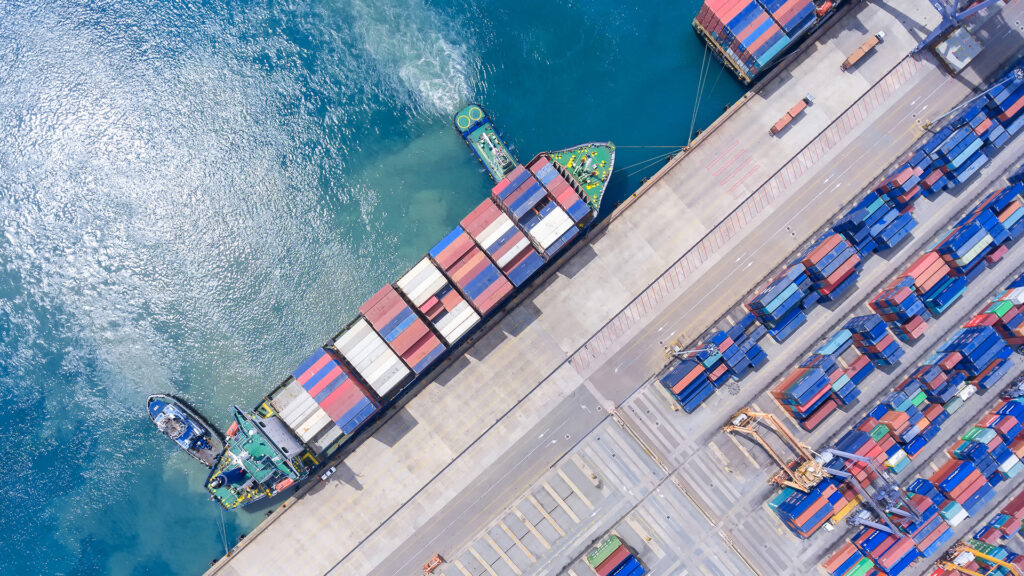A plan for ports
In order to meet increasing market demands on Europe’s ports, the European Commission has published its new regulatory initiative. The review supplements the existing EU policy and comprises a Regulation and a Communication introducing eight EU actions. The Regulation will establish a framework on market access to port services and require greater financial autonomy and transparency across 319 key ports.
This article first appeared in the August 2013 issue of Port Strategy and is reproduced with permission. www.portstrategy.com
Key challenges identified by the Commission include current sub-optimal port operations and port governance issues. The existing structural performance gap, whereby efficiency levels between ports vary considerably, results in congestion and added costs. This is exacerbated by increasing demands from the shipping sector for improved technological and logistical facilities. The second major challenge concerns unfair competition through restrictive practices, market entry barriers and the lack of transparency in the use of public funds.
The Regulation addresses these challenges through new rules on the way EU ports will operate in terms of services, governance and overall supervision. The key features are set out below.
Funding and State aid
The disparity in European port ownership models has long been controversial. While many ports in continental Europe are owned by public bodies and/or private undertakings, some states, like the UK, operate largely privately funded ports. This disparity has led to concerns over the distortion of competition through unfair state aids.
New rules attempt to create a ‘level playing field’ by requiring that public service obligations (PSO) be clearly defined transparent, non-discriminatory and verifiable. The Regulation also requires that managing bodies in receipt of public funding ensure that systems are in place for transparent accounting to evidence the effective and appropriate use of state funds.
In parallel to these measures the Communication creates a specific action to modernise State aid rules across all economic sectors, particularly regarding the financing of infrastructures.
Selection of port service providers
The Regulation imposes a number of controls on the way managing bodies designate providers of port services. Managing bodies will now only be permitted to impose certain minimum requirements in order to prevent the use of implicit market barriers. Similarly, any limitation on the number of service providers must be due either to formally documented space constraints or the imposition of PSO’s, for which there has been a clear, publicly available documented intention.
Freedom to levy charges
In addition to these obligations, managing bodies will be granted the freedom to levy infrastructure charges. These must be determined in a wholly autonomous way and may only be varied in accordance with genuine commercial practices. Port service charges may also be levied, provided that charges are transparent, non-discriminatory and proportionate.
Supervision and accountability
The adjustment of levies will be overseen by an independent supervisory body, appointed by each Member State to monitor the application of the Regulation. This body can form part of an existing committee and must cooperate closely with its European counterparts for the purpose of shared information and mutual assistance.
Additional consultation mechanisms are introduced through a port users’ advisory committee in each port, comprising representatives of cargo owners, vessel owners and other port users subject to port charges. This committee will require consultation on the level and structure of charges imposed. Details of implementation will be left to local port communities to allow for greater flexibility, reducing any administrative burden.
Criticism
Critics of the proposals have expressed concerns that the measures will increase bureaucracy. The European Sea Ports Organisation are concerned that competencies and procedures extended under the Regulation will have a negative impact on a port’s commercial freedom and its ability to invest.
This view has been challenged by the Commission who insist that the new rules will in fact cut “red tape” and enhance investment prospects through more transparent and open procedures. The Commission estimates that by 2030, ports could benefit from savings of up to €10 billion and reduction in port costs of up to 7%.
The proposal must be approved by the European Parliament and Member States before being adopted under the normal legislative procedure. If approval is obtained and the Regulation adopted, it will come into force in July 2015.
For more information, please contact Eliza Petritsi, Partner, on +44 (0)20 7264 8772/ +32 2 643 3420 or eliza.petritsi@hfw.com, or your usual contact at HFW.










